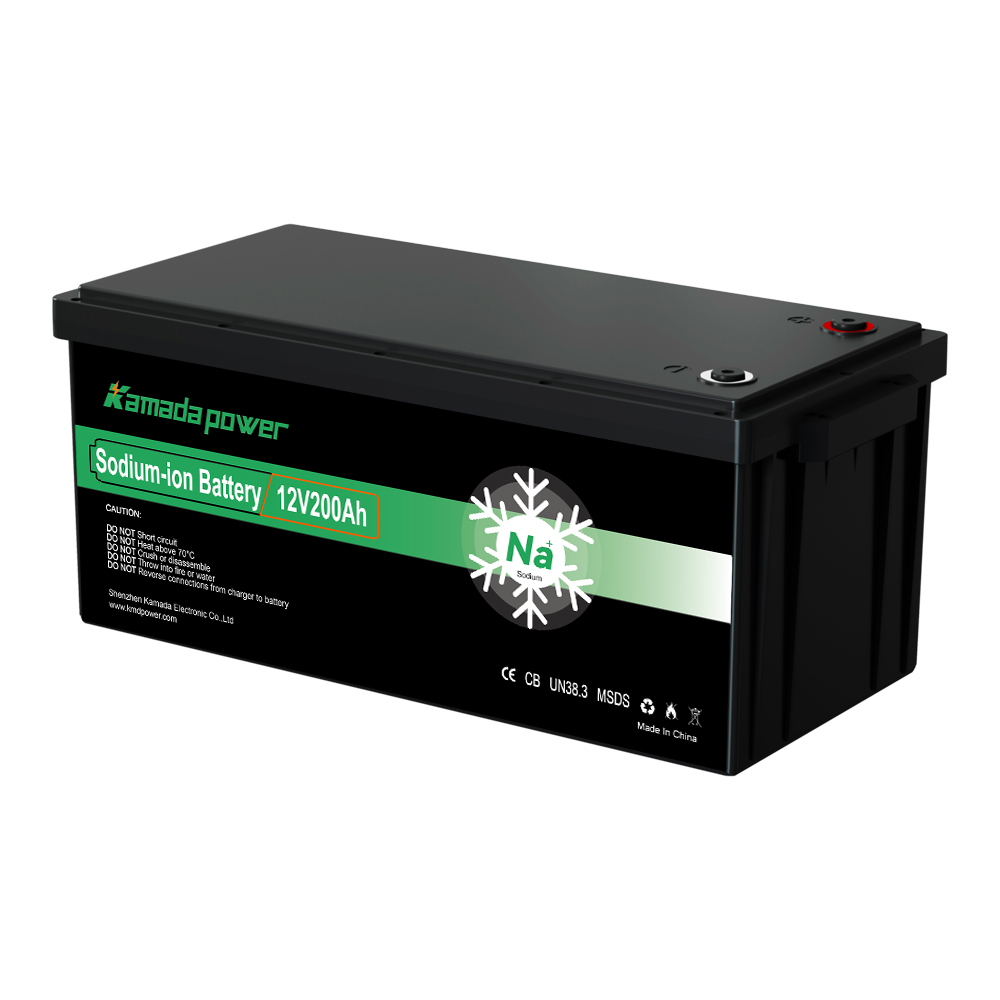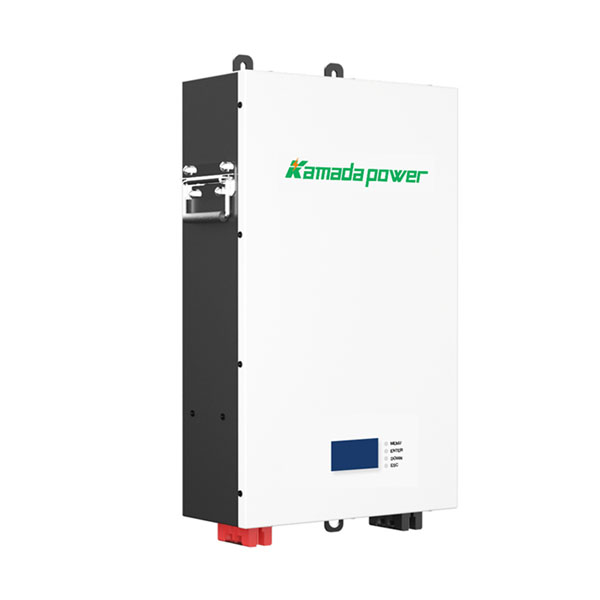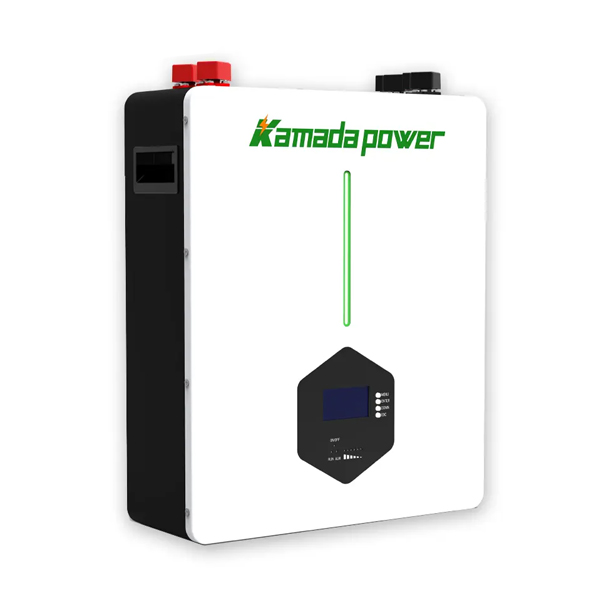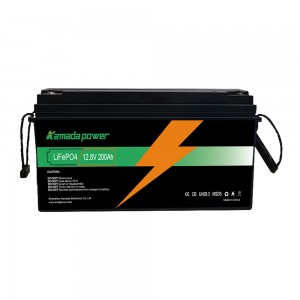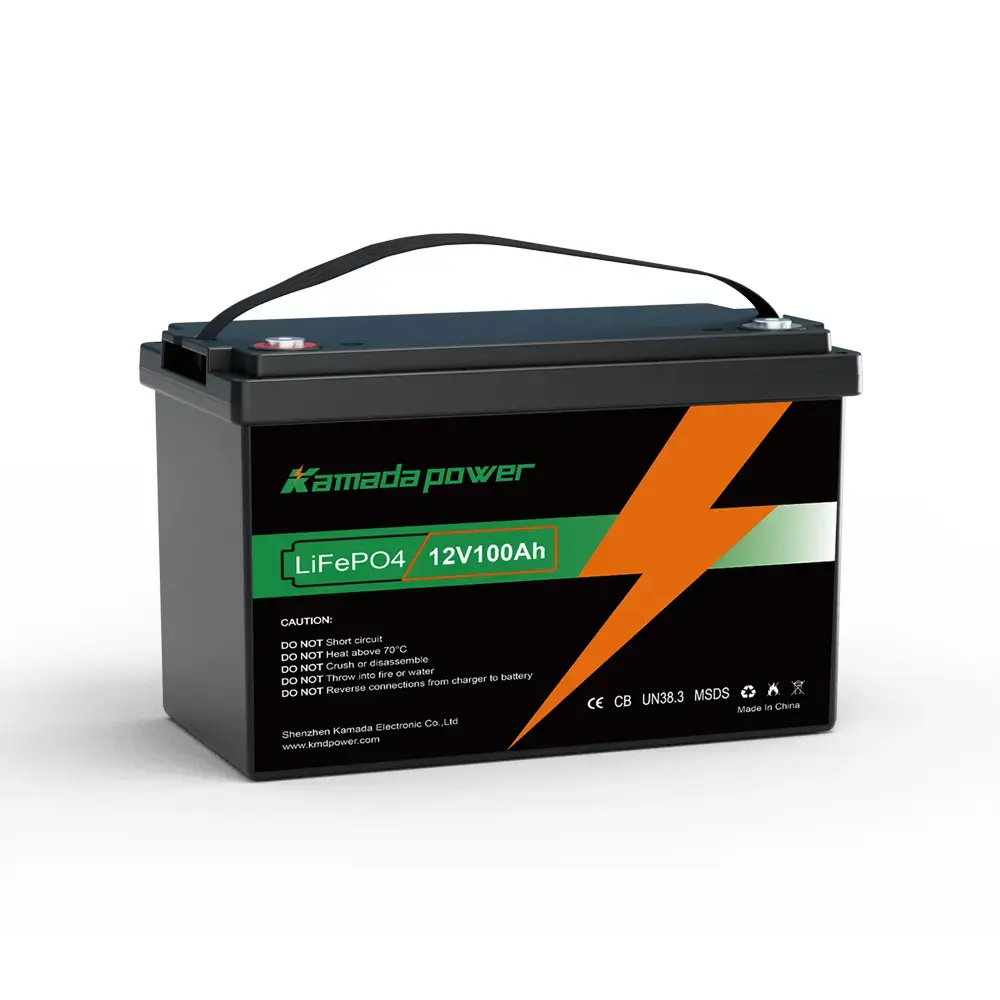Introduction
In today’s rapidly evolving tech landscape, advancements in battery technology are reshaping our daily lives, especially when it comes to electric vehicles (EVs) and renewable energy storage. As winter approaches, the challenges posed by low temperatures on battery performance become increasingly apparent. This is where the Battery 5 kwh Self Heating shines. With its innovative temperature control, this battery not only keeps itself warm in cold conditions but also boosts battery life and charging efficiency. In this article, we’ll dive into the various applications, address common concerns, and highlight the benefits that this self-heating battery brings to users.
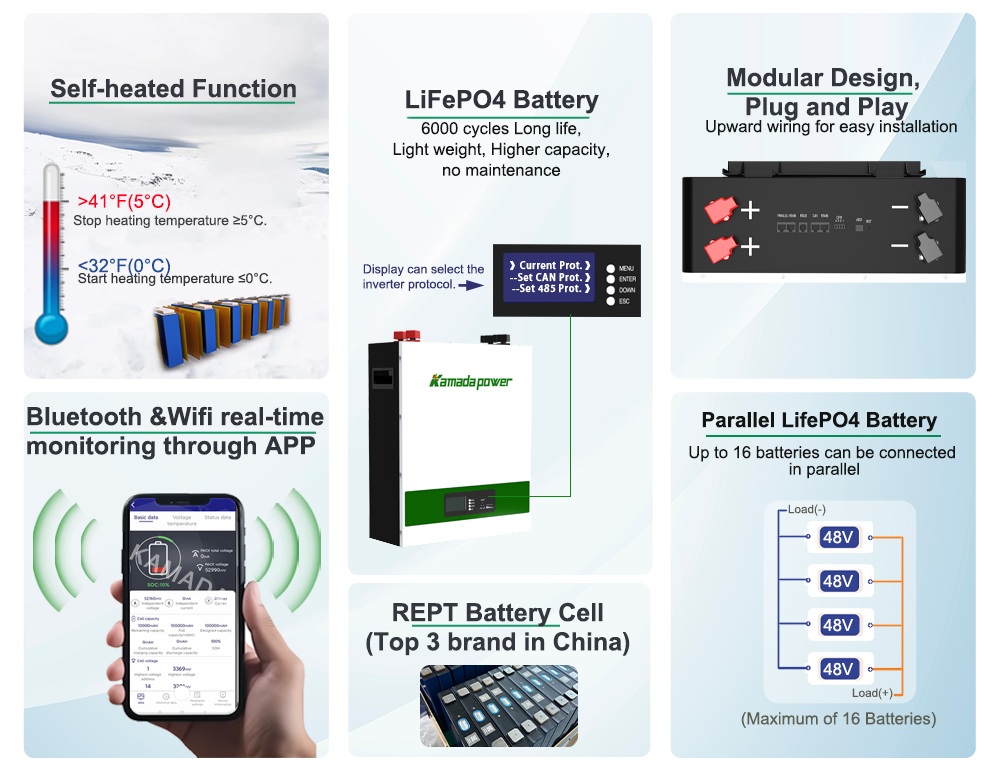
Self-Heating Battery Vs Non-Self-Heating Battery
| Feature | Self-Heating Battery | Non-Self-Heating Battery |
|---|---|---|
| Operating Temperature Range | Automatically heats in cold environments to maintain optimal performance | Performance declines in cold temperatures, reducing range |
| Charging Efficiency | Charging speed increases by 15%-25% in cold conditions | Charging efficiency drops by 20%-30% in low temperatures |
| Range Capability | Range can improve by 15%-20% in cold weather | Range significantly decreases in cold weather |
| Safety | Reduces risks of short circuits and overheating, offering higher safety | Increased risk of thermal runaway in cold conditions |
| Energy Utilization Rate | Optimizes charge and discharge processes, achieving up to 90% energy utilization | Lower energy utilization in adverse weather conditions |
| Application Scenarios | Ideal for electric vehicles, home energy storage, portable devices, etc. | General lithium-ion batteries suitable for most standard applications |
Applications of the Battery 5 kwh Self Heating
- Electric Vehicles (EVs)
- Scenario: In colder states like Michigan and Minnesota, winter temperatures often drop below freezing, which can significantly affect EV range and charging speed.
- User Needs: Drivers face the risk of running out of power, especially during long trips or on chilly mornings. They need a reliable solution to maintain battery performance.
- Benefits: Self-heating batteries automatically warm up in cold weather, ensuring optimal performance. This enhances driving range and increases safety and convenience.
- Home Energy Storage Systems
- Scenario: In sunny regions like California, many homeowners rely on solar panels for energy storage. However, cloudy winter days can reduce system efficiency.
- User Needs: People want to maximize their solar energy use year-round while minimizing electricity costs and ensuring a consistent power supply.
- Benefits: Self-heating batteries improve the charging and discharging process, allowing energy to be effectively used even in cold, gloomy weather.
- Portable Power Devices
- Scenario: Outdoor enthusiasts in Colorado often encounter battery drain issues during winter camping trips, making it hard to power their devices.
- User Needs: Campers need portable power solutions that work reliably in extreme cold.
- Benefits: Self-heating batteries maintain consistent output in low temperatures, ensuring devices run smoothly outdoors and enhancing the overall experience.
- Commercial and Industrial Applications
- Scenario: Construction sites in Minnesota often face downtime in winter due to equipment failures, as machinery struggles in the cold.
- User Needs: Businesses require solutions that keep their equipment operational in harsh weather to avoid costly delays.
- Benefits: Self-heating batteries provide dependable power, ensuring machinery runs efficiently even in cold conditions, boosting productivity and lowering operating costs.
Problems Addressed by the Battery 5 kwh Self Heating
- Reduced Performance in Cold Weather Studies show that traditional lithium-ion batteries can lose 30%-40% of their capacity in temperatures below 14°F (-10°C). Self-heating batteries come with a built-in heating system that keeps temperatures above freezing, ensuring better performance and less range loss.
- Low Charging Efficiency In cold conditions, charging efficiency can drop by 20%-30%. Self-heating batteries can enhance charging speeds by 15%-25%, allowing users to get back to using their devices more quickly.
- Safety Concerns Cold weather increases the risk of thermal runaway in lithium-ion batteries. Self-heating technology helps manage battery temperature, significantly reducing the likelihood of short circuits and improving safety for users.
- Inefficient Energy Utilization In renewable energy systems, cloudy weather can cause charging efficiency to dip below 60%. Self-heating batteries optimize energy usage, increasing efficiency to over 90%, ensuring every bit of stored energy is effectively utilized.
User Benefits of the Battery 5 kwh Self Heating
- Enhanced Range Self-heating batteries can boost EV range in cold weather by 15%-20%. Keeping the battery warm helps prevent rapid power loss, reducing anxiety over range and enhancing overall travel safety.
- Increased Cost Efficiency These batteries not only minimize energy losses but also lower overall operating costs. Users can save 20%-30% on their electricity bills over time, thanks to improved durability that reduces maintenance needs.
- Improved User Experience Users can confidently rely on their EVs, home storage systems, or portable devices without worrying about battery performance. This reliability boosts satisfaction; surveys indicate a 35% increase in user happiness in low temperatures.
- Supporting Sustainable Development Self-heating batteries enable efficient use of renewable energy, even in cold weather. Data shows that households using these batteries can reduce their reliance on traditional energy sources by over 30%, contributing to lower carbon footprints and supporting environmental goals.
Kamada Power OEM OEM Battery 5 kwh Self Heating
Kamada Power specializes in custom self-heating battery designed to withstand extreme cold. Our batteries maintain a steady operating temperature, enhancing charging efficiency and extending lifespan, making them perfect for outdoor adventures and remote applications.
What truly sets us apart is our commitment to customization. We work closely with our customers to develop unique solutions tailored to their needs, whether for RVs or industrial applications. Using high-quality materials and cutting-edge technology, our batteries deliver exceptional performance and safety.
Choose Kamada Power as your trusted partner for energy solutions, ensuring that no matter where your journey takes you, your power needs are met.
Conclusion
The Battery 5 kwh Self Heating offers a versatile solution for various applications, showcasing its broad utility and effectiveness. This technology not only enhances battery performance but also improves user experience and cost savings, making it a smart choice for modern energy needs. Whether it’s providing reliability in extreme weather or optimizing renewable energy use, self-heating batteries hold significant potential and value for users.
FAQ
1. What is a Battery 5 kwh Self Heating?
It’s a battery designed to heat itself automatically in low temperatures, ensuring optimal performance and extended range.
2. How much can a self-heating battery improve range in cold conditions?
In extreme cold, these batteries can boost range by 15%-20%, helping to mitigate power loss due to the cold.
3. How efficient is charging with a self-heating battery?
Charging speeds can increase by 15%-25% in low temperatures, significantly reducing wait times for users.
4. How safe are self-heating batteries?
They can cut the occurrence of short circuits by over 50% through effective temperature management, greatly enhancing user safety.
5. How do self-heating batteries support renewable energy use?
They optimize the charging and discharging processes, improving energy utilization efficiency to over 90%, ensuring better use of stored energy.


